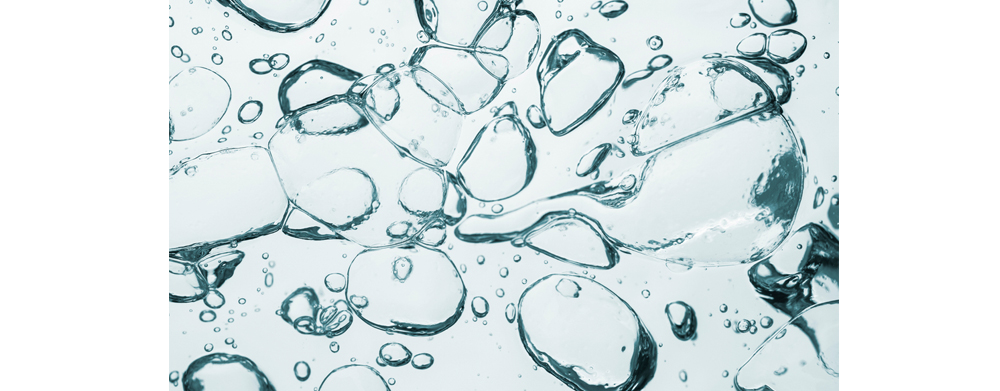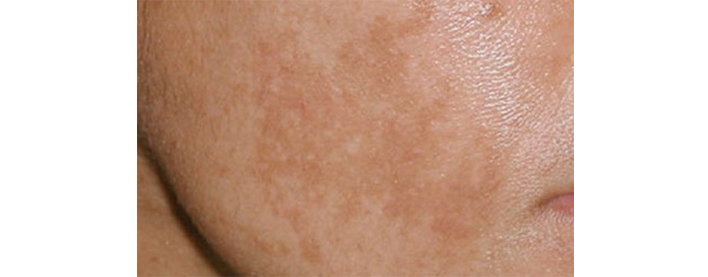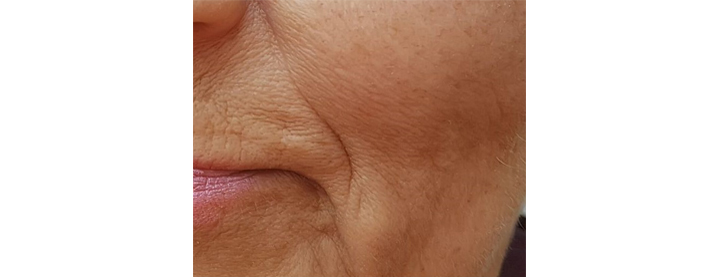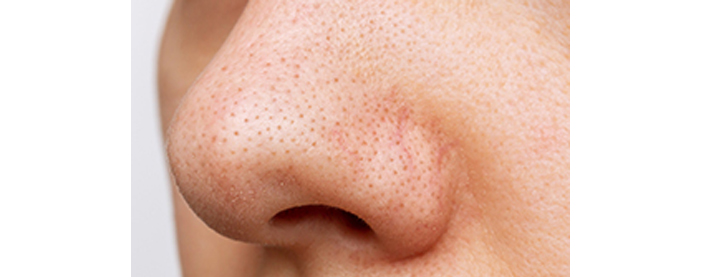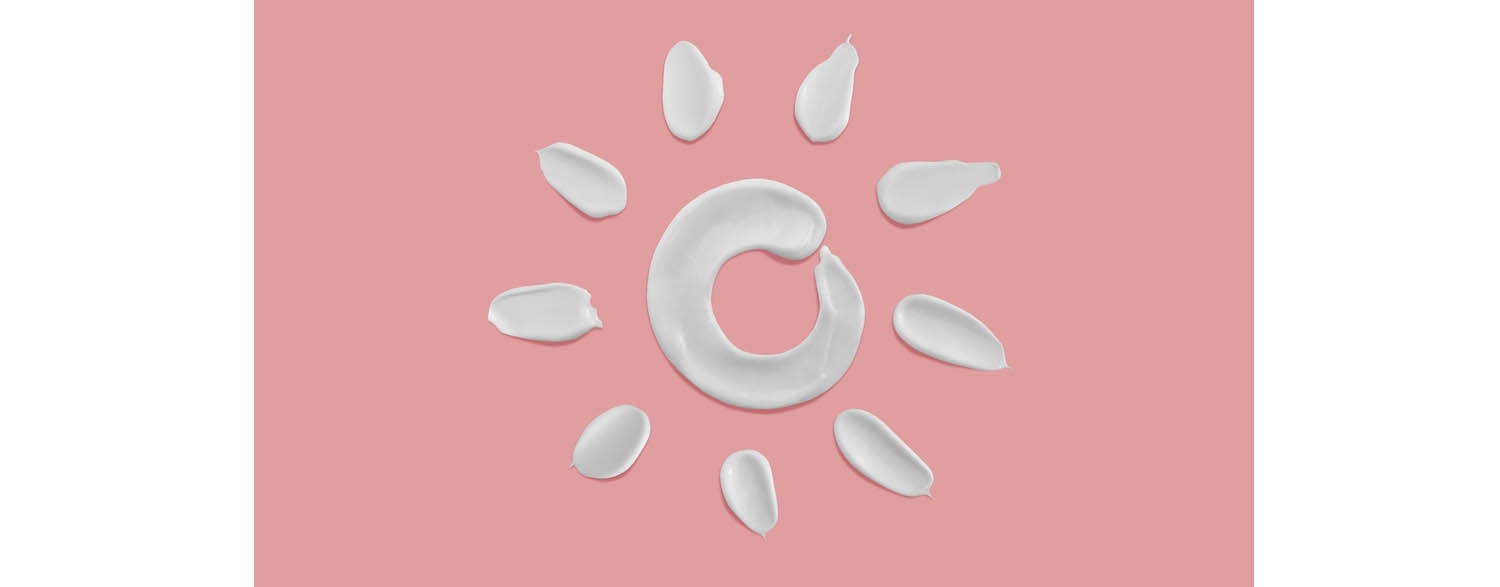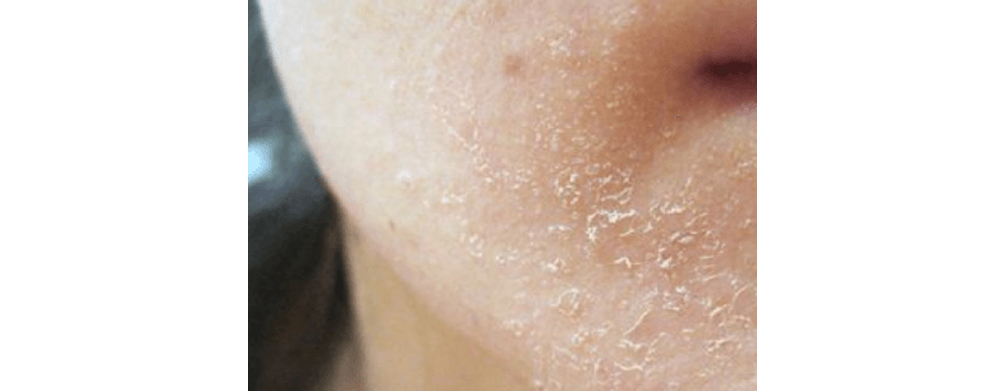The Ultimate Guide to Retinol
The Ultimate Guide to Retinol: Unveiling the Magic of Youthful Skin
Introduction
In the quest for youthful, radiant skin, countless skincare ingredients and products have come and gone. However, one ingredient has stood the test of time and consistently delivered exceptional results – Retinol. In this comprehensive guide, we will delve deep into the world of Retinol, exploring its benefits, usage, and everything you need to know to make it a valuable addition to your skincare routine.
Chapter 1: Understanding Retinol
1.1 What Is Retinol?
Retinol is a derivative of vitamin A, known for its powerful anti-aging and skin-transforming properties. It belongs to a group of compounds collectively referred to as retinoids, which include retinoic acid, tretinoin, and retinyl palmitate.
1.2 How Does Retinol Work?
Retinol works by encouraging skin cells to turnover more rapidly, which, in turn, stimulates collagen production. This increased cell turnover helps to shed the old, damaged skin and reveal fresher, more youthful skin underneath.
Chapter 2: The Benefits of Retinol
2.1 Diminished Fine Lines and Wrinkles
Retinol is renowned for its ability to reduce the appearance of fine lines and wrinkles. Regular use can lead to smoother, firmer skin with a visibly improved texture.
2.2 Improved Skin Texture
Retinol can help minimize the appearance of rough skin, large pores, and uneven skin tone, making your complexion more even and smoother.
2.3 Acne Treatment and Prevention
Retinol is an effective treatment for acne, as it unclogs pores and reduces inflammation. It can also help prevent future breakouts.
2.4 Reduction of Hyperpigmentation
Retinol can fade dark spots, sun damage, and other forms of hyperpigmentation, giving your skin a more even and radiant appearance.
2.5 Enhanced Collagen Production
As mentioned earlier, retinol boosts collagen production, which is crucial for maintaining the skin's elasticity and firmness.
2.6 Prevention of Premature Aging
By promoting healthy skin cell turnover, retinol can help prevent premature aging and maintain a youthful appearance.
Chapter 3: Types of Retinol Products
3.1 Over-the-Counter (OTC) Retinol
OTC retinol products are readily available in drugstores and beauty stores. These products contain lower concentrations of retinol, making them suitable for beginners or those with sensitive skin.
3.2 Prescription Retinoids
Prescription-strength retinoids, such as tretinoin, are more potent and are typically prescribed by dermatologists for serious skin concerns. They require close monitoring and may lead to side effects if not used correctly.
Chapter 4: How to Choose the Right Retinol Product
4.1 Skin Type and Concerns
Consider your skin type and specific concerns. Different formulations may be better suited for oily, dry, or sensitive skin.
4.2 Concentration
Pay attention to the concentration of retinol in the product. Higher concentrations are more potent but may cause more irritation, especially for beginners.
4.3 Formulation
Choose from various formulations, including creams, serums, and gels. The right one for you depends on your personal preferences and skin type.
4.4 Packaging
Opt for products that come in opaque, airtight packaging to protect the retinol from light and air, which can degrade its effectiveness.
Chapter 5: How to Use Retinol Safely
5.1 Patch Testing
Before applying retinol to your entire face, perform a patch test on a small area to check for adverse reactions or allergies.
5.2 Start Slowly
If you are new to retinol, start with a lower concentration and apply it every few nights to build up your skin's tolerance.
5.3 Sun Protection
Retinol can make your skin more sensitive to the sun. Always wear sunscreen during the day to protect your skin.
5.4 Avoid Harsh Ingredients
While using retinol, avoid using other harsh skincare ingredients like alpha hydroxy acids (AHAs) and beta hydroxy acids (BHAs), as they can exacerbate irritation.
5.5 Be Patient
Results with retinol take time. It may take several weeks or even months to see significant improvements in your skin.
Chapter 6: Potential Side Effects of Retinol
6.1 Dryness and Peeling
One common side effect of retinol is dryness and peeling, especially during the adjustment phase.
6.2 Redness and Irritation
Some people may experience redness, burning, or irritation when they first start using retinol.
6.3 Sensitivity to Sun
Retinol can increase your skin's sensitivity to the sun, so it's crucial to use sunscreen daily.
6.4 Initial Breakouts
As retinol purges your skin of impurities, you may experience an initial breakout before improvements become noticeable.
Chapter 7: Combining Retinol with Other Skincare Products
7.1 Hyaluronic Acid
Hyaluronic acid pairs beautifully with retinol, as it helps to hydrate and soothe the skin.
7.2 Vitamin C
Vitamin C and retinol can work together to target various signs of aging and improve skin health.
7.3 Niacinamide
Niacinamide is another ingredient that can complement retinol, aiding in reducing inflammation and pigmentation.
Chapter 8: Incorporating Retinol into Your Skincare Routine
8.1 Evening Application
Retinol is best applied at night, as it can make your skin more sensitive to the sun.
8.2 Cleanse and Moisturize
Always cleanse and moisturize your skin before applying retinol to reduce the risk of irritation.
8.3 Frequency
The frequency of retinol application varies from person to person. Start slow and gradually increase as your skin adapts.
Chapter 9: Professional vs. At-Home Retinol Treatments
9.1 In-Office Treatments
Dermatologists offer various in-office retinol treatments, such as chemical peels and laser therapies, for more intensive results.
9.2 At-Home Products
At-home retinol products can deliver remarkable results, but it may take longer to see significant changes.
Chapter 10: Frequently Asked Questions
10.1 Can I use retinol during pregnancy?
10.2 Can I use retinol on sensitive skin?
10.3 Is it safe to use retinol with other active ingredients?
10.4 How long does it take to see results with retinol?
Conclusion
Retinol, with its remarkable ability to transform the skin and reverse the signs of aging, has become a beloved skincare ingredient for many. When used correctly and patiently, it can be a game-changer for achieving a youthful, radiant complexion. Whether you're just beginning your retinol journey or looking to enhance your skincare routine, remember that consistency, patience, and sun protection are key to success. So, embark on your retinol journey with confidence, and revel in the magic of youthful, rejuvenated skin.






